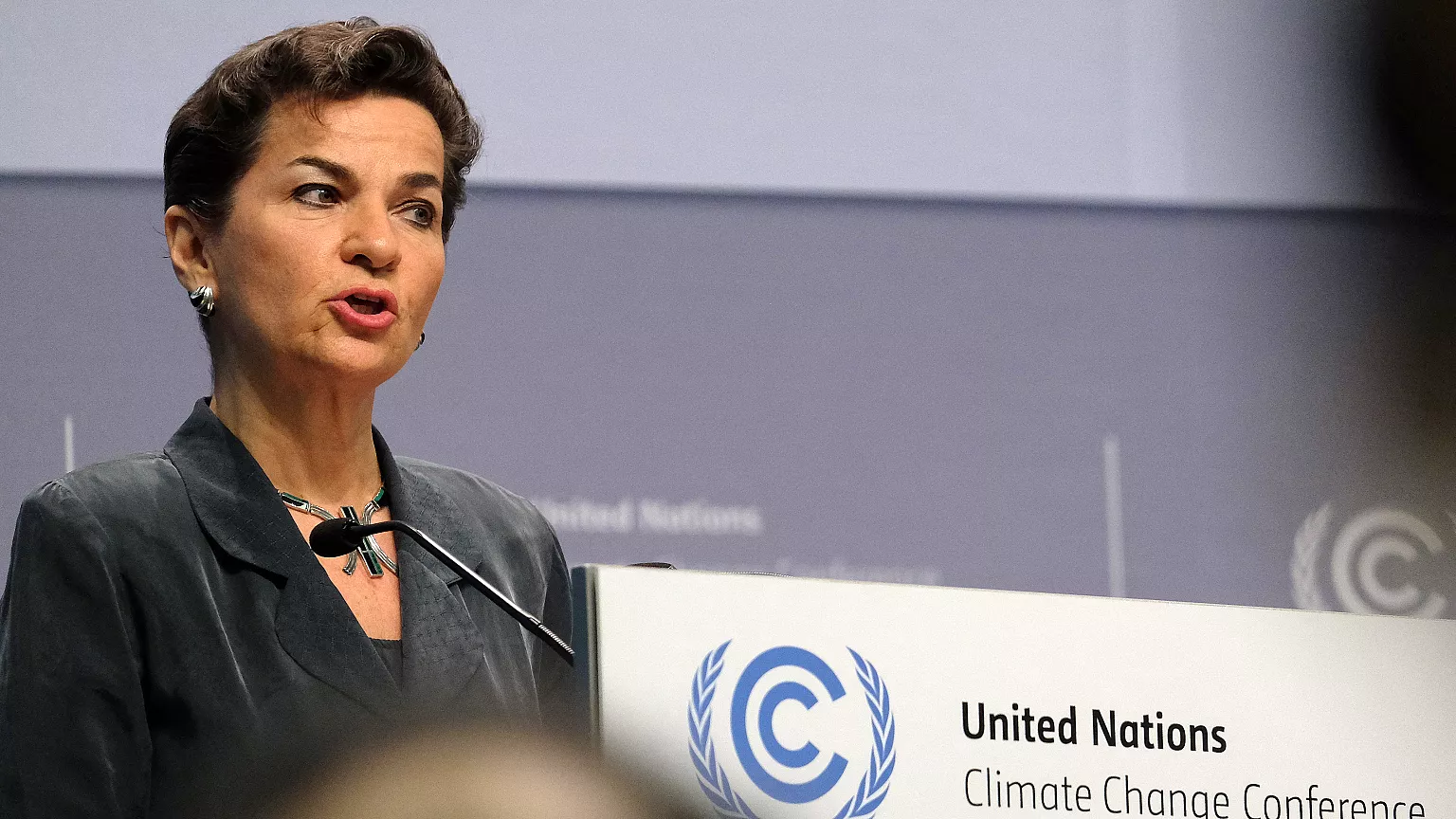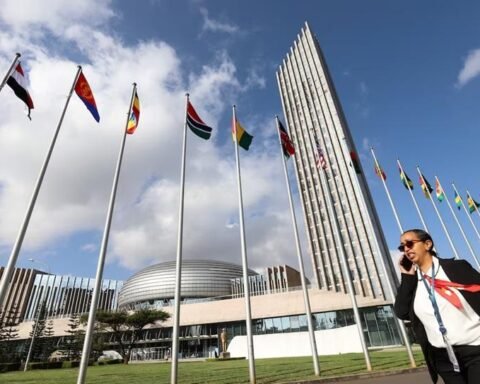As seas rise and weather extremes intensify, time is running out for the world to act. According to scientists and climate experts, the planet has just three critical years to steer away from irreversible damage.
But the path forward is clouded by a worsening financial gap, wavering donor support, and uncertainty among the world’s poorest nations.
For low-income countries, the challenge is steep. Many are already grappling with the effects of climate change—floods, droughts, heatwaves—yet they lack the resources to build resilience. While global leaders have pledged support, much of that aid has yet to reach those who need it most.
In fact, recent reports from the United Nations Environment Programme (UNEP) and advocacy groups like Oxfam show that the majority of climate financing either comes as loans—pushing nations deeper into debt—or falls far short of promised amounts. The international community had committed to delivering $100 billion per year to help developing countries adapt, but that goal has consistently been missed.
“The reality is grim,” said one climate policy advisor during recent UN climate negotiations in Bonn. “Developing nations are on the frontline of climate impacts, but they’re being asked to face a storm with no shelter.”
Some coastal countries, like Tuvalu, are literally fighting for their existence. Rising seas threaten to swallow entire islands, pushing governments to invest in coastal adaptation projects. But even the most ambitious programs require funding far beyond their national budgets.
Also Read; British, Singapore Airlines Cancel Dubai Flights After Strikes
Meanwhile, the slow pace of mobilizing private climate finance remains a stumbling block. Despite efforts to attract investment through mechanisms like blended finance, the return has been underwhelming. According to data from the Climate Policy Initiative, for every dollar of public finance, only about $1.12 is leveraged from the private sector—far less than anticipated.
All this comes as COP30, the next major UN climate summit, looms on the horizon. Hosted by Brazil, the conference is expected to focus heavily on financing solutions and strengthening Nationally Determined Contributions (NDCs). But even as technical teams work on roadmaps and pledges, the clock is ticking loudly in the background.
Global development organizations warn that without urgent, large-scale investments—particularly in adaptation infrastructure and green energy transitions—millions will be left vulnerable to climate shocks.
And it’s not just about money. Experts argue that structural reforms are needed in the way climate finance is distributed and managed. That includes shifting from debt-based support to grants, improving transparency, and recognizing the unique needs of fragile states.







